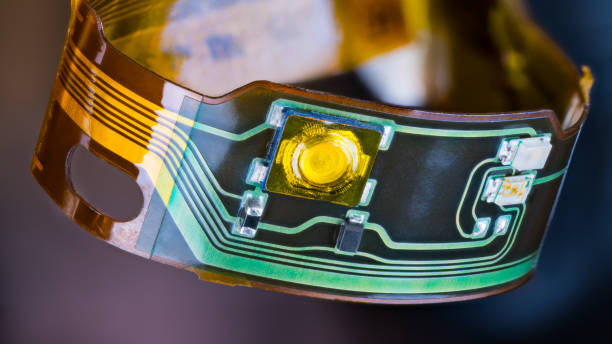Unmasking the Potential of E-ink Technology: A New Dawn in Display
In this digital era where the demand for energy-efficient, eye-friendly technology is at an all-time high, e-ink technology is surfacing as a promising contender. Its unique properties, coupled with its potential for diverse applications, make it an area worth exploring.

A Journey Down Memory Lane: The Genesis of E-ink
Electronic ink or e-ink is a type of electronic paper display technology perfected in the late 1990s by the E Ink Corporation. The idea was first conceived in the 1970s by Nick Sheridon at Xerox’s Palo Alto Research Center (PARC). The product, initially called Gyricon, consisted of tiny rotating spheres that were black on one side and white on the other, suspended in bubbles of oil. When subjected to an electric field, the spheres would rotate to present either the black or white side, creating an image.
The concept was later refined by the E Ink Corporation, who replaced the rotating spheres with tiny microcapsules filled with negatively charged black particles and positively charged white particles. When an electric field is applied, the particles move to the top or bottom of the microcapsules, creating an image that remains stable even without power.
E-ink in Today’s Digital Landscape
E-ink technology, while not new, is finding its place in today’s digital landscape. It’s best known for its application in e-readers like Amazon’s Kindle, where it provides a paper-like reading experience that reduces eye strain. But its potential extends far beyond e-readers.
In the wearable tech market, e-ink displays offer an energy-efficient alternative to traditional LCD or OLED screens, extending battery life significantly. The Pebble smartwatch, for instance, used an e-ink display to achieve a battery life of up to 7 days, a feat unmatched by many of its competitors.
Beyond consumer electronics, e-ink also has potential applications in retail and transportation. Digital price tags in supermarkets, for instance, could be updated instantly using e-ink displays. Similarly, e-ink displays on buses or trains could provide real-time information updates.
The Market Impact of E-ink Technology
As e-ink technology continues to evolve, it’s becoming more affordable, making it a viable option for various applications. The global e-paper display market, driven largely by e-ink technology, was valued at $1.16 billion in 2020 and is expected to grow at a CAGR of 23.5% from 2021 to 2028, according to a report by Grand View Research.
The Future of E-ink technology
The future of e-ink technology looks promising, with several exciting developments on the horizon. The E Ink Corporation has recently unveiled advanced color e-ink technology, which could revolutionize the way we consume digital content. Imagine reading a full-color digital magazine that feels like real paper, or a smartwatch that can display vibrant images without draining your battery.
E-ink is also being explored for its potential in creating flexible displays. This could lead to the development of foldable e-readers, smartphones, or even wearable tech that can conform to the shape of your wrist.
Wrapping Up
In conclusion, e-ink technology is a fascinating field that holds promise for the future of display technology. Its unique properties of low power consumption and high readability make it ideal for a range of applications beyond just e-readers. As the technology continues to evolve and become more affordable, we can expect to see it used in even more innovative ways.





